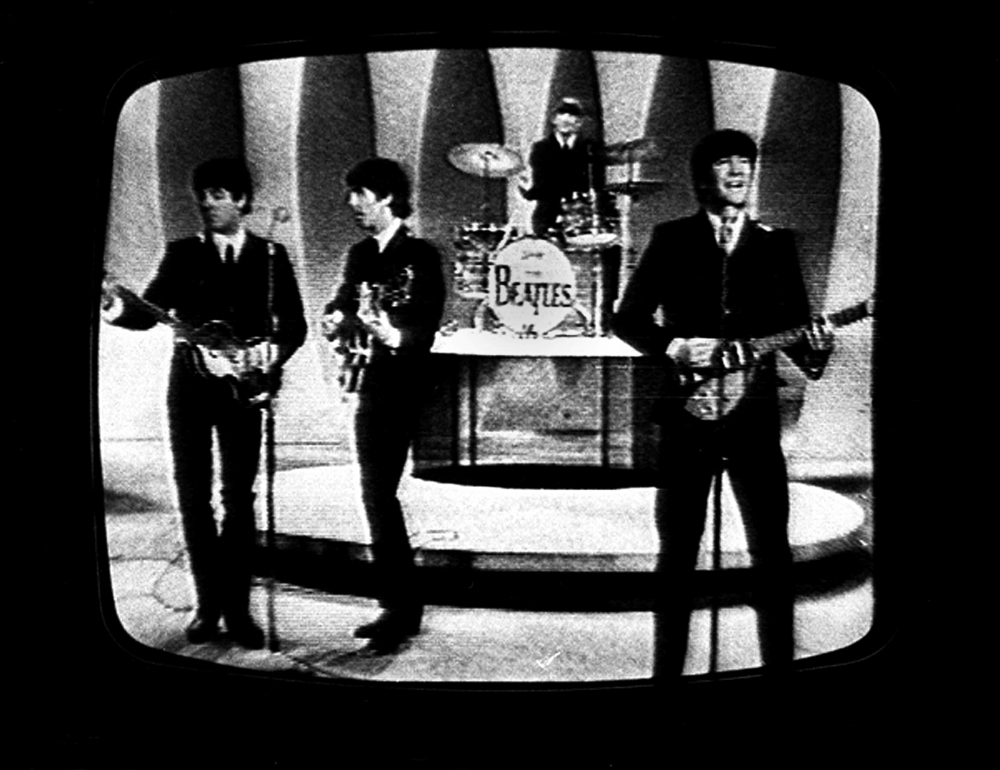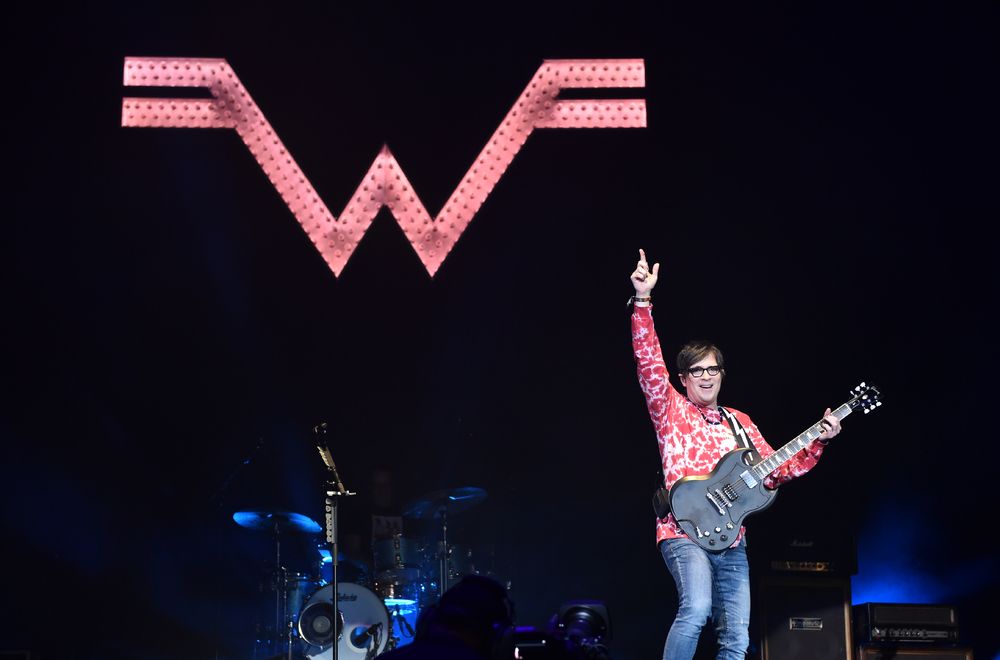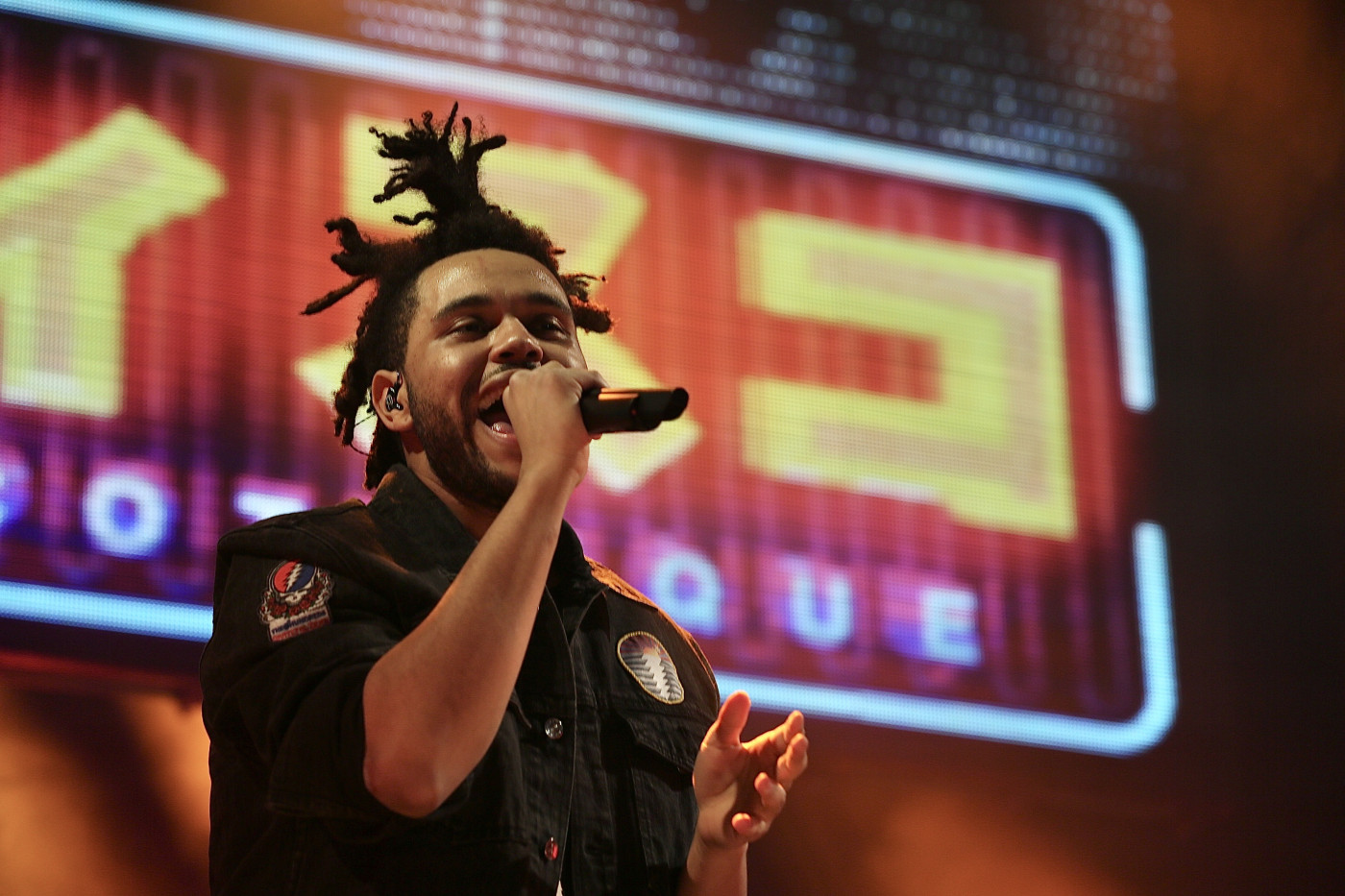SO.CO Team
Music On Film: A Cultural Journey

In the realm of popular culture, few phenomena have captured the imagination and attention of audiences quite like music videos. These audio-visual spectacles, blending music, imagery, and storytelling, enjoyed a meteoric rise and subsequently witnessed a gradual decline in their prominence. From the early days of MTV to the streaming era, the trajectory of music videos reflects a captivating journey that encapsulates the evolution of popular culture itself.
The birth of music videos can be traced back to the 1960s when artists like The Beatles experimented with promotional films for their songs. However, it was the launch of MTV (Music Television) in 1981 that truly catapulted music videos into the mainstream. MTV became a cultural force, providing a dedicated platform for artists to showcase their creativity and reach a global audience like never before.

Duran Duran created a number of classic promo videos. Photo: Aggie Anthimidou
The 1980s witnessed an explosion of innovative music videos that combined visually stunning cinematography, captivating narratives, and cutting-edge special effects. Artists such as Michael Jackson, Madonna, and Duran Duran became icons of the music video medium, transforming themselves into larger-than-life figures through their visually striking performances.
The music video era also brought about a new level of artistry and collaboration. Directors like David Fincher, Spike Jonze, and Michel Gondry emerged as creative visionaries, pushing the boundaries of what was possible in the medium. The music video industry thrived, with budgets skyrocketing and artists and directors continually striving to outdo one another, resulting in groundbreaking and memorable visual experiences.

Weezer worked closely with Spike Jonze on a number of videos. Photo: Matt Cowan.
As the 1990s progressed, the music video landscape started to shift. With the advent of the internet, the traditional dominance of television as the primary medium for music videos began to erode. The rise of digital platforms and file-sharing disrupted the music industry, leading to a decline in the traditional music video model.
Additionally, the MTV network itself underwent a transformation, veering away from music-centric programming toward reality television. As a result, the channel's focus shifted from music videos to non-music content, reducing their cultural impact and relegating music videos to late-night slots.

The Weeknd rose to prominence via Youtube. Photo: Ravi Sidhu
The streaming era, which emerged in the late 2000s, brought further changes to music consumption. Streaming services like YouTube, Vevo, and Vimeo became the go-to platforms for music video content. While this democratized the medium, allowing emerging artists to reach a wide audience, it also resulted in an oversaturation of content and a decline in quality. The form adapted to the changing times, finding new avenues of expression and experimentation. With the rise of streaming services, music videos found a new lease on life. Platforms like YouTube became breeding grounds for viral hits, with artists like Psy ("Gangnam Style") and Luis Fonsi and Daddy Yankee ("Despacito") achieving unprecedented global success through their visually captivating videos. The advent of virtual reality (VR) and augmented reality (AR) opened exciting possibilities, allowing audiences to immerse themselves in interactive music video experiences. These new technologies promise a renaissance of sorts for the art form, offering a glimpse into the future of music videos as a multidimensional and immersive medium. The story of music videos reflects a dynamic journey that parallels beautifully the evolution of technology, media consumption, and artistic expression, so who knows what the future holds?
Words: Christie Goodwin
Header Image: Tom Weschler

